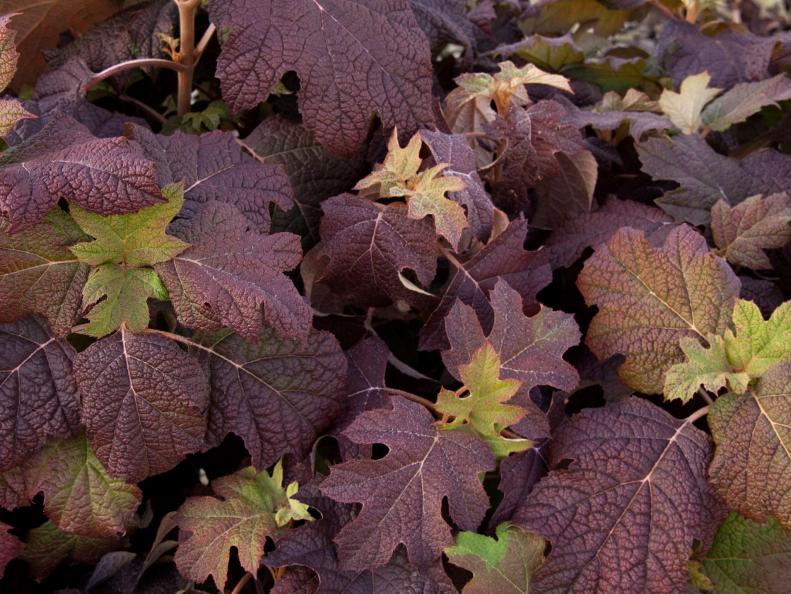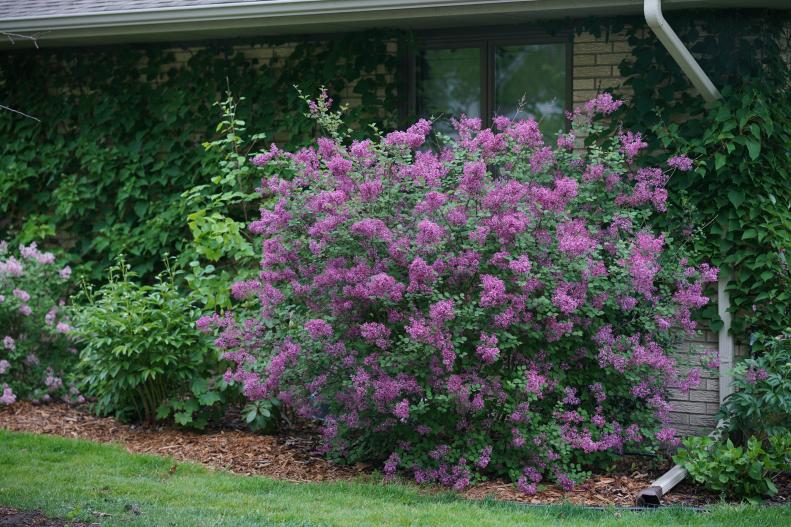1 / 38
Photo: Courtesy of Monrovia
Know When to Prune So You Don't Lose Your Blooms
Spring fever makes us want to spring clean our homes — and our gardens. Just don't be too eager to pick up the shears and pruners. There are flowering plants you shouldn't prune in very early spring. If you do, you'll cut off their buds and you won't have any blooms, or you'll have only a few until the following year. Learn which plants you should be pruning in spring, too. Use these spring pruning tips to make the most of your garden.









